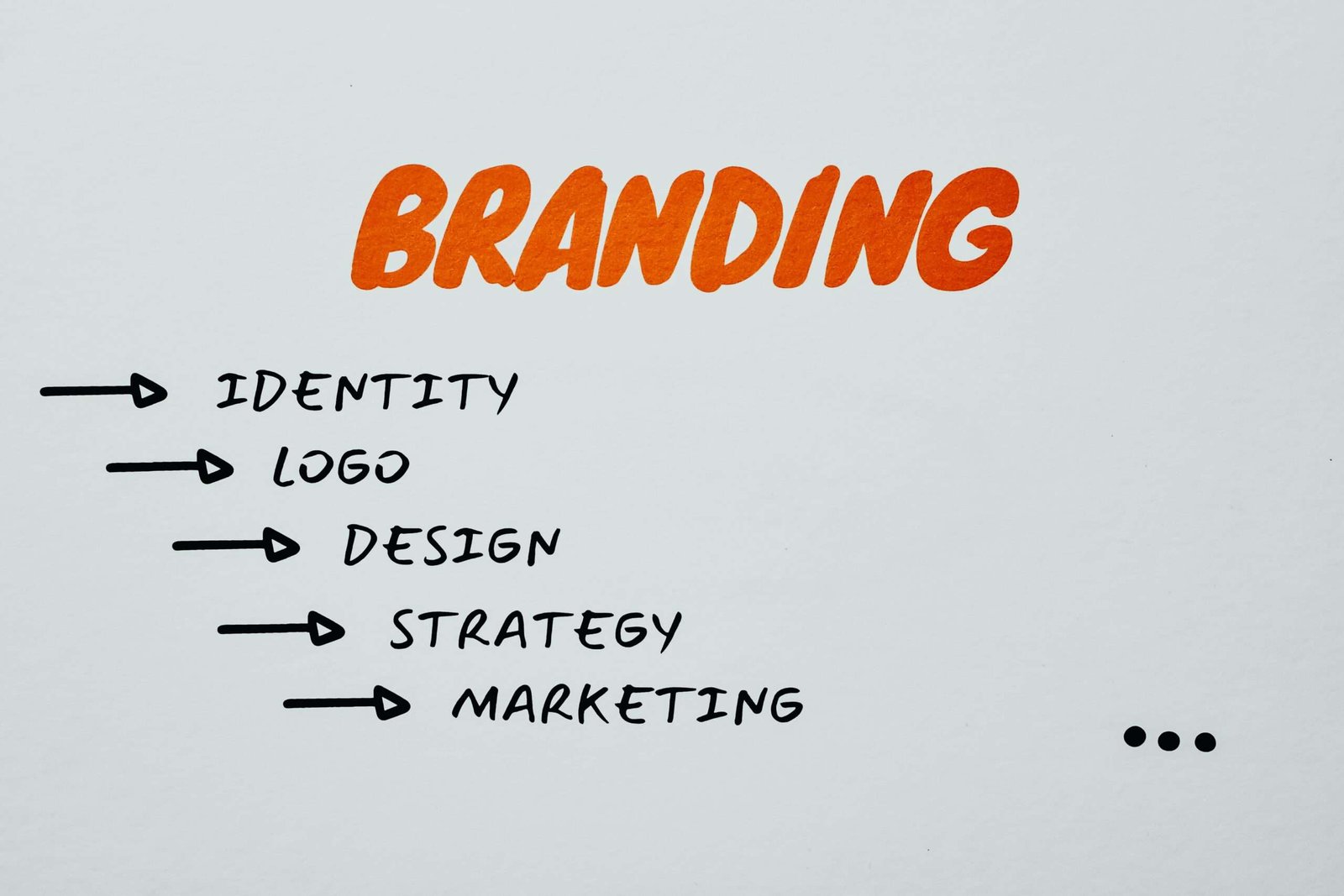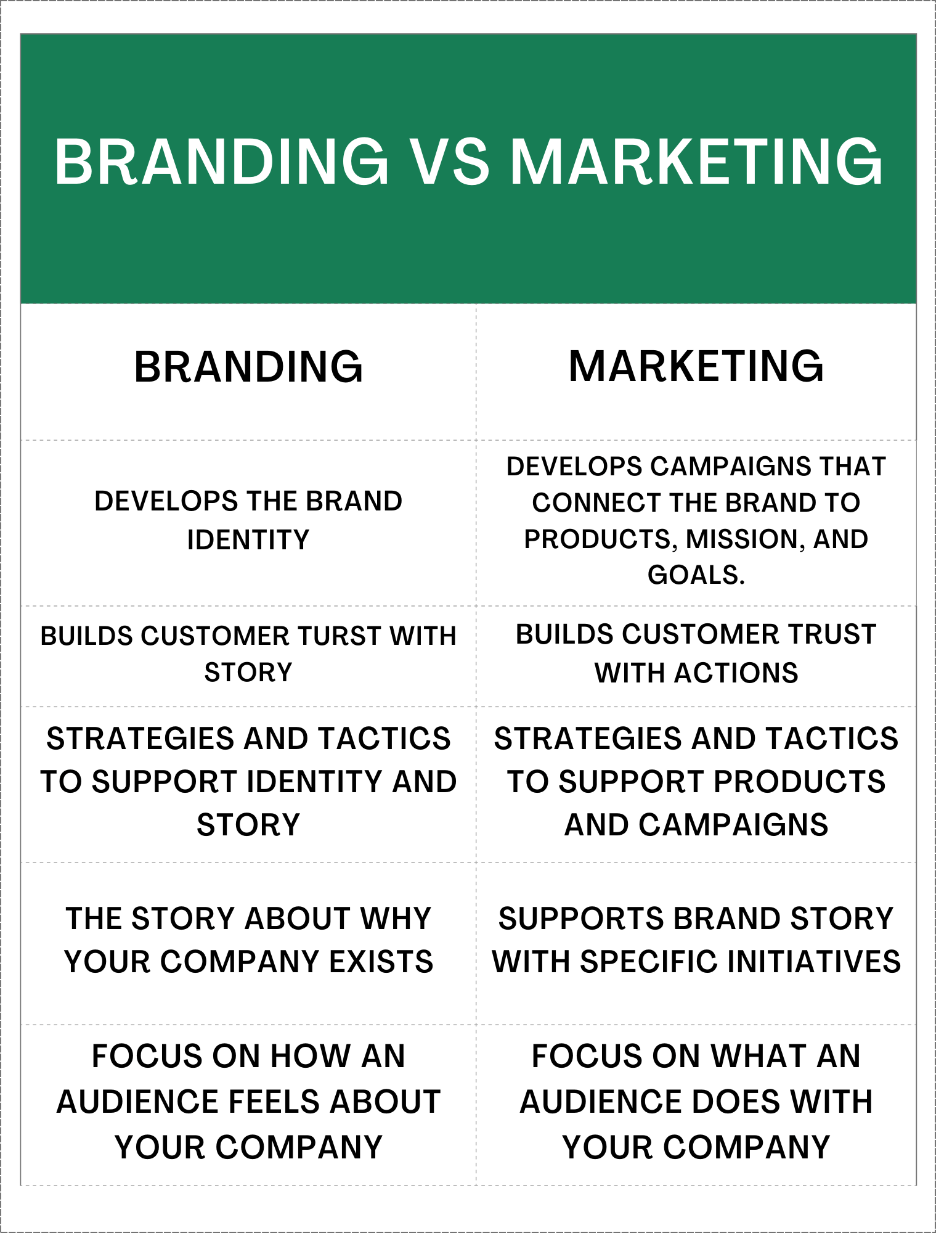
What Is Branding?
Unsure about the meaning of “branding”? Don’t worry! Branding is one of those marketing concepts that are a bit vague and can quickly become confusing, even for people who have studied marketing.
Today we are going to take a look at “what is branding” and try to provide a clear answer with simple words and examples!
In order to understand the concept of branding, first we need to know what products and brands are. Let’s go!
Product definition
“Broadly, a product is anything that can be offered to a market to satisfy a want or need, including physical goods, services, experiences, events, persons, places, properties, organizations, information, and ideas” (Kotler & Keller, 2015).
This means that a product can be anything from a hotel stay, a flight, a language course, to clothes, food, a toothbrush etc.
To illustrate the definition of a product and the role it occupies in defining branding, we will use the example of water:
Water is a free resource that every human being needs to live and survive. Yet it became a product the day humans and companies started to commercialize it, for example by selling mineral water in glass and plastic bottles.


But water always looks the same, isn’t it? It is liquid and transparent. So, how can different companies sell the same product but still convince people to purchase their bottled water instead of the one from the competition?
The answer is: by creating a brand.
Brand definition
A brand is the identity and story of a company that makes it stand out from competitors that sell similar products or services. The goal of branding is to earn space in the minds of the target audience and become their preferred option for doing business.
Brands are an effective way for companies to communicate their vision. A brand clarifies what a company stands for and why. A brand also refers to the overall experience a person has when interacting with a business — as a shopper, customer, social media follower, or mere passerby.
What is branding?
Branding is the process of creating the brand identity of a company. This process also delivers materials that support the brand, like a logo, tagline, visual design, or tone of voice.
In a nutshell, branding is the process of researching, developing, and applying a distinctive feature or set of features to your organization so that consumers can begin to associate your brand with your products or services.
Branding is in social media captions, billboard color palettes, and the materials brands use for their packaging. Companies that create strong brands know that their brand identity needs to live everywhere. They know their names extend far beyond the label and can entice consumers to choose their products out of a lineup of options.
For example, the Coca-Cola brand has one of the most recognizable logos around the world. The classic red and white lettering, vibrant artwork, and distinctive font have captured buyers’ attention for over a century.

Having stood the test of time, the Coca-Cola brand is a testament to the power of consistent, successful branding that consumers have come to love.
That said, branding is an iterative process and requires getting in touch with the heart of your customers and your business. However, it’s not exactly the same as marketing.
Next, we take a look at the similarities and differences between branding and marketing.
Branding vs. Marketing
While it’s easy to combine branding and marketing into one discipline, they’re quite distinct. It’s also common to hear branding and marketing compared in terms of priorities. The truth is, they are both essential to a successful business and must work in harmony for a business to grow.
Put simply, branding is the identity of a company, and marketing includes the tactics and strategies which communicate that vision.

As a business grows, both branding and marketing get more complex. This growth often means that both areas of a business will develop strategies and tactics to support different goals. In branding, these actions usually support the business’s story and identity. In marketing, these actions usually amplify a company’s products, customers, or other initiatives in order to drive sales.
Why is Branding Important?
A unique brand can have a huge impact on your bottom line by giving you a competitive advantage over your rivals and helping you acquire and retain customers at a much lower cost. In eCommerce, where new companies (and therefore, new competitors) are springing up every day, an established brand can be an invaluable asset in bringing customers and generating profit.
Regardless of whether you’re investing time and effort into crafting a compelling brand or paying no attention to it whatsoever, your business still has a brand. However, it may be completely different to how you intended to be seen.
By carefully constructing your brand through stories, relationships, marketing messages and visual assets, you have the opportunity of shaping your customers’ expectations and creating a unique bond that goes beyond the buying-selling relationship.
Good branding is strategic, while marketing is tactical. When you establish the higher objectives and clearly define your brand promise, you can start crafting a marketing plan that’s geared towards achieving those goals.
Benefits of Building A Strong Brand
Investing in your brand identity isn’t just for fun, it has many real world benefits that can help your company grow and succeed at scale.
Benefits of a strong brand include:
- Increased sales.
- Customer loyalty and recognition.
- Helping create a clear and inspiring mission or purpose company wide.
- Helping create a strong company culture where your employees love what they do.
- Attracting top-quality talent to help grow your business even further.
- Developing strong brand equity helping you stand out from your competition.
Again, building a strong brand does take time, but the effort is well worth the reward.
How to Create a Brand
Here’s how you can create a brand — or begin the process of rebranding your business.
There’s a lot that goes into a brand, and there’s a lot to consider when building a strong one. So, grab a notebook and jot down ideas as you move through this section. Recognize that branding is an iterative process. This means you might be repeating some of these steps as you brainstorm and build your brand.
1. Determine your target audience.
Branding leads to awareness, recognition, trust, and revenue. We’ve talked about that. But let’s take a step back and understand where those stem from: consumers. And not just any consumers — your target audience and customers. 70% of consumers say that they want a personalized experience. But how can you offer that experience if you don’t have a clear idea of who they are?
If your brand doesn’t resonate with your audience, it won’t lead to that awareness, recognition, trust, and revenue. That’s where target market research comes in.
Before pressing pen to paper (or cursor to digital document), you must understand to whom your branding will be speaking. Who does your product serve? Who is your ideal customer? Why did you create your business in the first place?
What you learn about your target market and buyer personas will influence your branding decisions down the line, so make this step your first priority.
2. Establish your mission statement.
Let’s return to a question I asked in the last step: Why did you create your business? Answering this will help you build your mission statement. This statement defines your purpose and passion as an organization.
Before you can craft a brand that your audience recognizes, values, and trusts, you must be able to show what your business has to give. Then, every part of your brand (logo, tagline, imagery, voice, and personality) can reflect that mission and vision.
Your mission statement is a building block of your brand manifesto. It encompasses why your organization exists and why people should care about your brand.
3. Define your unique values, qualities, and benefits.
There are probably lots of businesses in your industry and niche. It’s easy to focus on your competition (and there’s a time and place for competitive analysis), but, for now, let’s focus on you.
What’s one thing that your business has that no one else can mimic (er, legally)? Your brand.
Because of that, you must make sure that your brand is made from and inspired by elements that are solely yours: the values, benefits, and qualities that make your company unique.
Take a moment to jot down a list of what sets your business apart from others. I’m not talking about product features (like appearance, components, or capabilities). I’m referring to how your products or services improve lives and contribute to success.
4. Create your visual assets.
At this point, you should understand your target audience, your mission statement, and the unique qualities that make up your business.
Can you say with confidence that you’ve finished these steps? If your answer is yes, it’s time to move on to one of the more exciting parts of branding — the visual design. We’re talking about your logo, color palette, typography (fonts), iconography, and other visual components.
As you create these elements, build a set of brand guidelines (or a brand style guide) to govern the composition and use of your visual assets. This will ensure that whoever uses your new branding does so accurately and consistently.
Note: Design can be just as intimidating as it is exciting. Consider hiring a professional with logo and identity design experience or starting with a few helpful design templates.
5. Put your branding to work.
Your brand only works if you do. Once you finish designing and creating your new brand (or rebrand) integrate it throughout every inch of your business. Pay extra attention to make sure that it’s displayed anywhere your business touches customers.
Conclusion
In very simple words, a product is what you sell, a brand is the perceived image of the product you sell, and branding is the strategy to create that image.
We hope this article helped you to have a clearer idea of what branding means. If you have any comments or suggestions to improve the article, please don’t hesitate to share your thoughts in the comments below!

Add a Comment